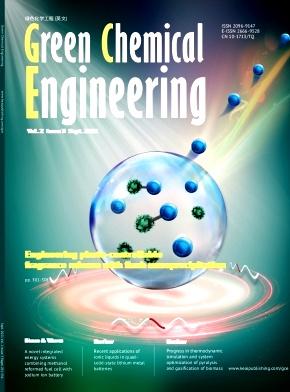人工智能中预测锂离子电池剩余使用寿命的先进数据驱动技术:综合综述
IF 7.6
Q1 ENGINEERING, CHEMICAL
引用次数: 0
摘要
随着人工智能(AI)技术的发展,数据驱动方法在预测锂离子电池剩余使用寿命(RUL)方面受到越来越多的关注。事实上,准确的RUL预测是具有挑战性的,主要是因为工作的复杂性和模型参数的动态变化。为了应对这些挑战,本文全面探讨了五个重要的公开可访问的锂离子电池数据集,包括不同的使用条件和电池类型,为研究人员提供了丰富的实验数据库。特别是,我们不仅提供了每个数据集的详细信息和访问地址,而且还提出了四种创新的电池老化健康因素提取方法。这些方法基于先进的人工智能技术,能够有效识别和量化电池性能退化的关键指标,从而提高RUL预测的精度和可靠性。此外,本文还指出了当前预测技术面临的主要挑战,包括数据质量、模型泛化能力和计算成本,强调需要关注数据集多样性、多算法融合和混合物理数据驱动模型的研究,以提高预测精度。我们相信这篇综述将有助于研究人员对RUL估计方法有一个全面的了解,并促进电池AI的发展。本文章由计算机程序翻译,如有差异,请以英文原文为准。

Advanced data-driven techniques in AI for predicting lithium-ion battery remaining useful life: a comprehensive review
As artificial intelligence (AI) technology evolves, data-driven approaches are gaining attention in predicting lithium-ion battery's remaining useful life (RUL). Indeed, accurate RUL prediction is challenging, primarily because of the complex nature of the work and dynamic shifts in model parameters. To address these challenges, this article comprehensively explores five significant publicly accessible lithium-ion battery datasets, encompassing diverse usage conditions and battery types, offering researchers a rich repository of experimental data. In particular, we not only provide detailed information and access addresses for each dataset, but also present, four innovative methods for battery aging health factor extraction. These methods, based on advanced AI techniques, are able to effectively identify and quantify key indicators of battery performance degradation, thereby enhancing the precision and dependability of RUL prediction. Additionally, the article identifies major challenges faced by current predictive techniques, including data quality, model generalization capabilities, and computational cost, highlighting the need for research focused on dataset diversity, multiple algorithm fusion, and hybrid physical-data-driven models to enhance prediction accuracy. We believe that this review will help researchers gain a comprehensive understanding of RUL estimation methods and promote the development of AI in battery.
求助全文
通过发布文献求助,成功后即可免费获取论文全文。
去求助
来源期刊

Green Chemical Engineering
Process Chemistry and Technology, Catalysis, Filtration and Separation
CiteScore
11.60
自引率
0.00%
发文量
58
审稿时长
51 days
 求助内容:
求助内容: 应助结果提醒方式:
应助结果提醒方式:


